Pictured Above: Zalkin iMoCA Multi Head Rotary Capping Machine
Capping machine design falls into two basic categories – In-line cappers and rotary Chuck-Style cappers.
These machines differ dramatically in both their core design as well as in their techniques for applying closures. Our partner, Zalkin, provides some great background on evaluating appropriate capping technology.
The Zalkin whitepaper discusses the differences between inline capping machines and rotary chuck-style capping machines, and the factors to consider when choosing between them for a particular packaging application.
Key points:
(1) Inline cappers require lower initial investment compared to rotary chuck-style cappers. They are slower (limited to 100-150 bottles per minute) but offer more flexibility for accommodating varying container sizes.
(2) Rotary chuck-style cappers can handle higher speeds, up to 900 bpm, with few changeover parts required between cap sizes. However, they have a higher initial cost.
(3) Inline cappers are limited in the torque they can apply, making them unsuitable for larger diameter closures that require more torque. Rotary cappers provide 360-degree contact with the cap, allowing sufficient torque application regardless of closure size.
(4) Inline cappers are generally limited to round closures, while rotary cappers can handle various shapes like round, rectangular, square, oval, and tapered caps.
(5) Rotary cappers perform better when applying closures with tamper-evident bands, as they can apply a downward force to properly engage the cap threads with the bottle neck threads.
(6) Rotary cappers offer more accurate torque control for caps requiring a narrow range of application torque to achieve a proper seal.
(7) Inline cappers are limited to containers with sufficient rigidity to withstand the forces from the belts used to prevent rotation. Rotary cappers can handle lightweight PET containers without deformation.
The choice between inline and rotary capping machines depends on factors such as current and future package attributes, machine capabilities, performance expectations, and available capital investment.
Rotary cappers are suitable for high-speed lines with consistent cap sizes, while inline cappers offer flexibility for diverse container types and sizes at lower speeds and initial costs.
For more detail on this and other whitepapers, head on over to Zalkin whitepapers.







